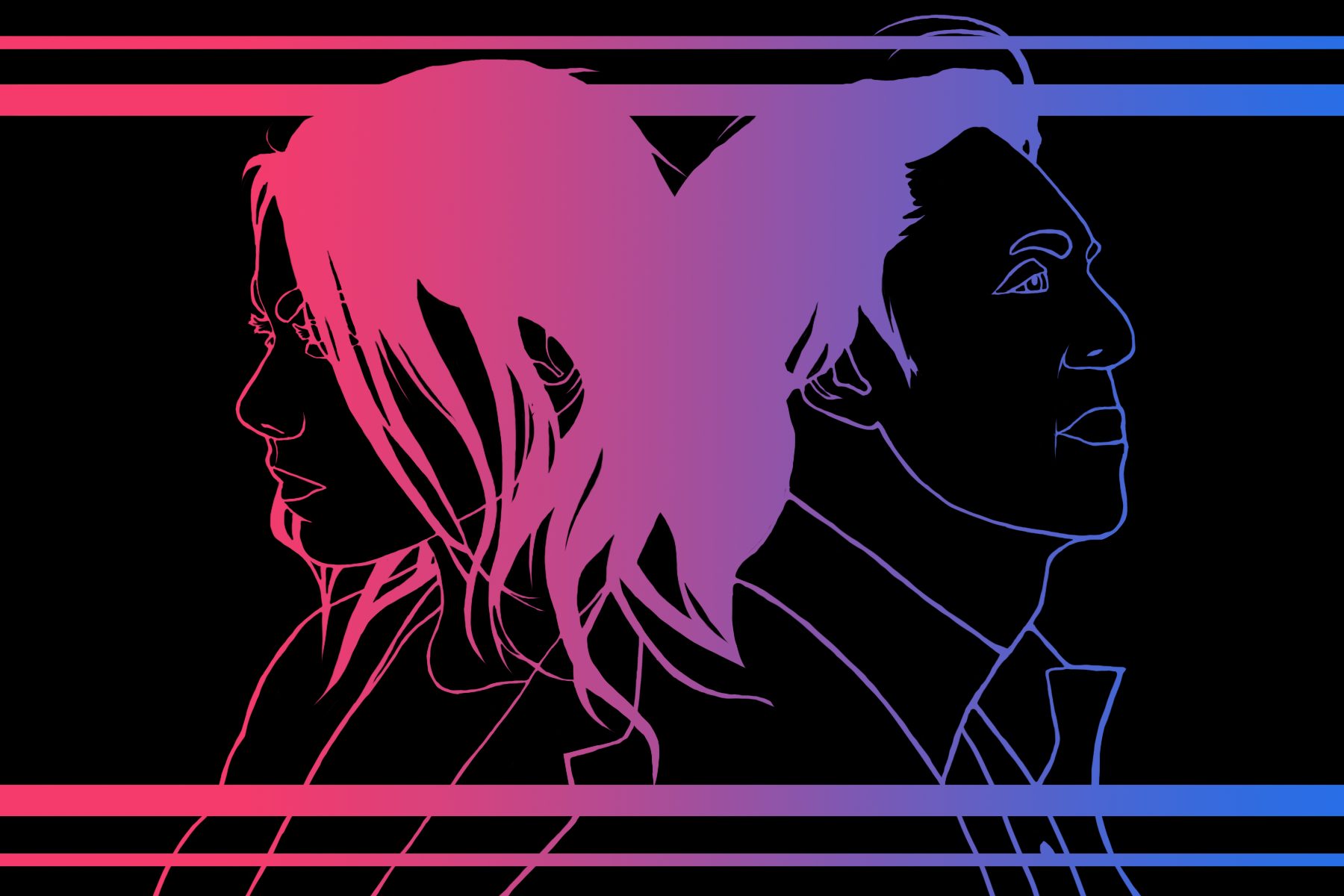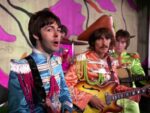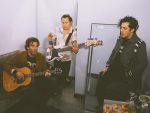Pop-rock Beatles icon Paul McCartney released “McCartney III Imagined,” in which folk-rock artist Phoebe Bridgers reworks his song, “Seize The Day.”
The song was originally released on his album “McCartney III” on Dec. 18, 2020. Now, McCartney has rereleased that album, which features artists who have reimagined the songs with their own styles. Along with Bridgers, the album also features Beck, Dominic Fike, Khruangbin, St. Vincent, Blood Orange, EOB, Damon Albarn, Josh Homme, Anderson .Paak and 3D RDN.
The original version of “Seize The Day” is a soft rock ballad with electric guitars and drums, but Bridgers makes it her own through hushed whispers of good intentions and pleasant love promises, as well as layered strings that crescendo to a sweep of church bells at the end of the song.
Bridgers’s version opens with pretty piano chords that are layered under her voice. In the first verse, she sings, “I don’t care to be bad / I prefer to think twice / all I know is it’s quite a show / but it’s still alright to be nice / megastores and carnivores / will turn to frozen ice.” During the last two lines of the verse, Bridgers adds a plucky electric guitar line, which complements the changing pace of the song.
The chorus begins and, along with the guitar, she also adds subtle drums in the background. Bridgers sings, “When the cold days come / and the old ways fade away / there’ll be no more sun / and we’ll wish that we had / held on to the day / seize the day.” Interpretations of lyrics always depend on the listener, but McCartney’s lyrics seem to be a commentary on living in the moment.
With his reference to looking back in retrospect, McCartney is urging listeners to value where they are, who they’re with and what they’re doing.
When the second verse begins, Bridgers’s production resumes the sound it had for the first, creating a cyclical pattern of musicality. The second verse goes, “I don’t mean to be wrong / I don’t need to be right / I’m okay with a sunny day / when the world deserves to be bright / dinosaurs and Santa Claus / will stay indoors tonight.”
Bridgers’s new production of the song complements the lyrics wonderfully and contributes a certain softness to an almost brutal analysis of human nature: “I’m okay with a sunny day / when the world deserves to be bright.” In The New York Times, pop critic Jon Pareles references these lyrics specifically when calling the song “a manifesto of unironic good intentions.”
The chorus repeats with the same electric guitars and drums as the previous chorus and gives way to the confessional bridge. Bridgers sings, “I bless the day when you came into my life / and I could finally roll back the blind / you helped me to realize love was the greatest prize / I only had to open my mind / seize the day / seize the day / seize the day / seize the day / seize the day.”
The bridge is a quiet confession where Bridgers cuts out all the instruments to give way to layered, a capella harmonies when singing, “You helped me to realize love was the greatest prize / I only had to open my mind.”
The lyrics from the first verse and chorus repeat and mimic their previous versions, but Bridgers leaves the audience with a chime of church bells — a blessing, much like how she sings meeting “you” was.
Bridgers’s version of “Seize The Day” lightens up McCartney’s electric guitars and adds airy piano chords and sweepingly gentle strings, as well as soft drums to balance the musical content of the song.
McCartney’s lyrics plus Bridgers’s softer musical constitution allows for a deeper understanding of the song. Even though there are minimal lyrical changes from the original, it’s a completely separate listening experience for the audience.
More so than Bridgers’s complementary take on the song, “McCartney III Imagined” is a unique musical invention in which McCartney is inviting artists to remix and cover his latest album with unlimited creative freedom.
Much like newer artists are taking notes from artists of the past, McCartney is engaging younger artists with opportunity and reverence. “Seize The Day” is just one of many examples of how music begets music in all periods and genres, as well as how collaboration is a place for musical ingenuity and innovation.

















